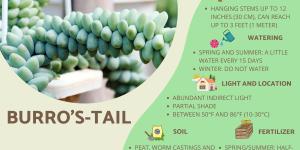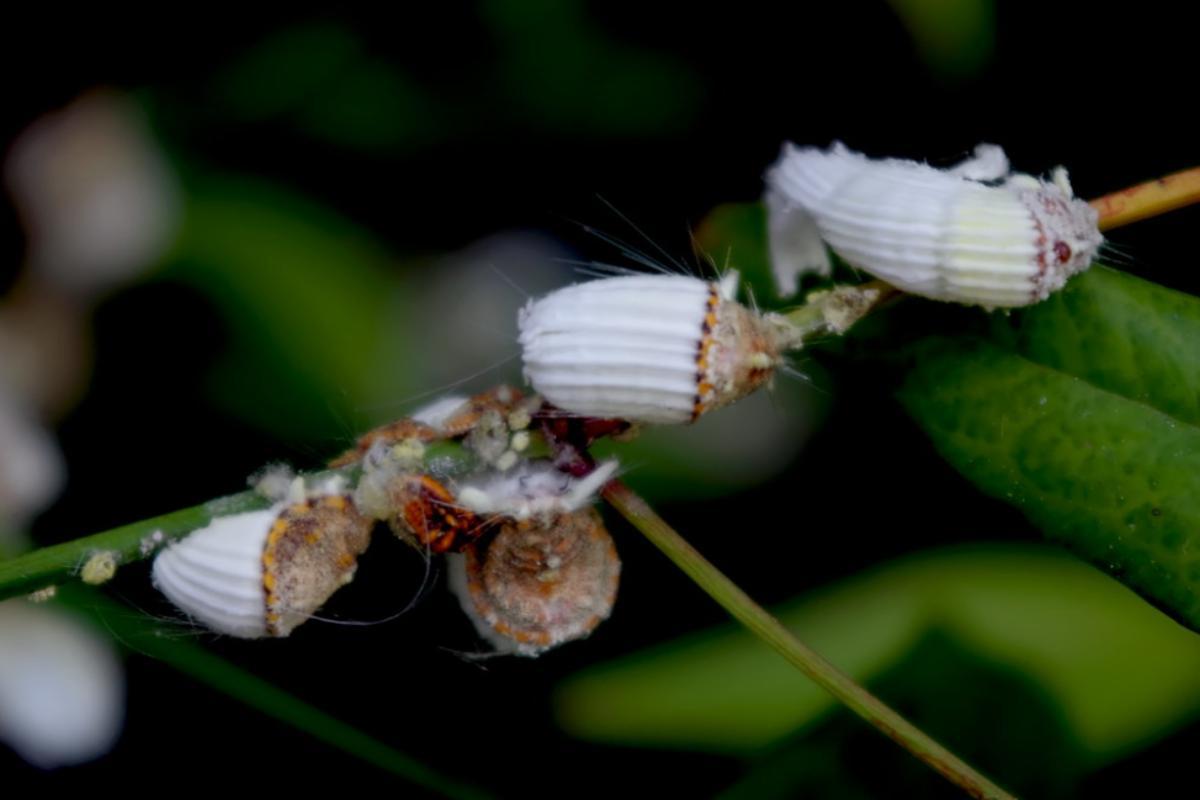How to Get Rid of Cottony Cushion Scale


The cottony cushion scale (Icerya purchasi) is a notorious pest that can wreak havoc on a variety of plants, especially citrus trees. They feed on plant sap, causing direct damage to the plant tissue. Heavy infestations can lead to severe sap depletion, weakening the plant and stunting its growth. Characterized by its distinctive cottony masses, this scale insect can severely damage plants, leading to reduced growth and yield. Effective control is essential for gardeners and farmers alike.
In this article by thedailyECO, we'll delve into various strategies for managing cottony cushion scale infestations. From natural remedies and chemical treatments to cultural practices, we'll provide you with the tools you need to protect your plants and maintain a healthy growing environment.
What are the symptoms of cottony cushion scale?
Identifying a Cottony Cushion Scale infestation on your plants is relatively straightforward. Apart from the visible presence of the scales themselves, which can be seen with the naked eye, there are several other symptoms to watch for:
- The infested leaves may become dry, curled, or distorted.
- Fruits affected by the infestation often turn yellow and may drop prematurely.
- Plant parts, particularly on the underside of leaves and stems, may be covered with a whitish, cottony coating, which is a characteristic sign of the Cottony Cushion Scale.
- The scales produce honeydew, a sticky substance that can coat leaves and stems, leading to the growth of sooty mold.
Overall, the plant may exhibit signs of stress and weakening due to the feeding activity of the scales, which extract sap from the plant.
How to get rid of cottony cushion scale naturally?
Natural methods are often effective for controlling cottony cushion scale. Some common solutions include:
- Manual removal: for small infestations, carefully removing the visible scale masses with a damp cloth or toothbrush can be effective.
- Beneficial insects: introducing natural predators like ladybugs or lacewings can help control the scale population.
- Neem oil: this natural plant-based oil disrupts the scale insects' growth and development.
- Diluted osopropyl alcohol: applying a diluted solution of rubbing alcohol to the affected areas can kill the scale insects on contact.
- Pruning: in severe cases, pruning away heavily infested plant parts can help limit the spread of the infestation.
Natural methods for controlling cottony cushion scale are often preferred due to their reduced environmental impact. By introducing beneficial insects, you not only target the scale infestation but also help control other pests in your garden.
Additionally, using natural methods minimizes your exposure to harmful chemicals, protecting both yourself and your plants. By prioritizing these natural solutions, you can effectively combat cottony cushion scale while safeguarding the environment.
For more pest control solutions that keep your plants healthy, dive into our insights on managing mealybug infestations.

Other ways of getting rid of the cottony cushion scale
When natural methods are insufficient, chemical control options may be necessary. Several types of products have shown effectiveness in treating cottony cushion scale infestations, including:
- Insecticidal soaps: these can suffocate the scale insects, making them an environmentally friendly option.
- Systemic insecticides: these are absorbed by the plant and can kill scale insects that feed on the plant sap.
- Contact insecticides: these directly kill scale insects on contact.
- Growth regulators: these can disrupt the scale insects' life cycle, preventing them from reproducing.
It is crucial to ensure that any chemical treatment used is approved for your specific plant type and complies with local regulations to minimize environmental impact and ensure safe application.
Life cycle of the cottony cushion scale or Icerya purchasi
The life cycle of the cottony cushion scale (Icerya purchasi) involves four distinct stages. The duration of these life stages can vary based on environmental conditions; warmer temperatures typically lead to faster development, while cooler conditions can prolong the life cycle.
Egg stage:
Females lay their small, creamy-white to yellowish eggs in a cottony mass under their protective covering. The eggs hatch into tiny first-instar nymphs, known as "crawlers." Egg sacs can be visible year-round, but reproductive activity tends to peak in the spring, leading to significant population increases during this time.
Crawler stage:
After hatching, the crawlers disperse from the female and begin feeding on plant sap using their specialized mouthparts. The crawlers are mobile and can move short distances on the host plant, seeking suitable feeding sites.
Nymph stage:
As the nymphs grow, they undergo several molts, shedding their skins and gradually developing their protective waxy coating. They continue to feed on plant sap and establish colonies on various parts of the plant.
Adult stage:
Adult females have a distinctive waxy, white, cottony coating that covers their reddish-brown body. Once mature, they become stationary and create a protective waxy sac for their eggs. Adult females can lay hundreds of eggs over a three-month period, typically producing between 300 and 600 eggs. Unlike some other scale insects, males are present but less commonly observed.
Did you know that the sticky substance you see on trees, called plant sap, serves a vital purpose? Find out more about it here.

How does the cottony cushion scale reproduce?
The cottony cushion scale (Icerya purchasi) is known for its unique reproductive strategy, which combines both sexual and asexual reproduction. Unlike most scale insects that typically reproduce asexually, cottony cushion scales exhibit a remarkable flexibility in their reproductive methods.
As highlighted in discussions about their life cycle, cottony cushion scale populations are predominantly composed of females, many of which possess hermaphroditic capabilities. This means that individual females can produce offspring both sexually and asexually. While males are relatively rare in cottony cushion scale populations, they do occasionally appear. When a hermaphroditic female reproduces without a male partner, the resulting offspring are also hermaphrodites. Conversely, if a male is present and mating occurs, the offspring may include a mix of males and hermaphrodites.
Asexual reproduction in cottony cushion scales primarily occurs through a process called parthenogenesis. In this mode of reproduction, females can generate offspring without any mating. The offspring produced are typically female and genetically identical to their mother. Additionally, some female cottony cushion scales, being hermaphrodites, possess both male and female reproductive organs. This anatomical trait allows them to reproduce asexually through parthenogenesis or sexually by mating with a male.
Dive deeper into the topic of asexual reproduction in animals and plants in this related article.
If you want to read similar articles to How to Get Rid of Cottony Cushion Scale, we recommend you visit our Plant care and cultivation category.
- The fluted scale (Icerya purchasi Mask.). (1987). Spain: Ministry of Agriculture, Fisheries and Food.
- Carrero, JM, Carrero Fernánez, JM (2008). Field pests. Spain: Mundi-Press Editions.







